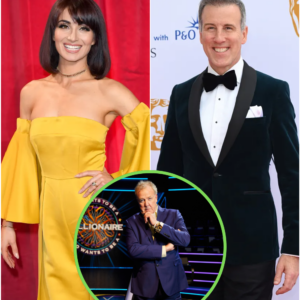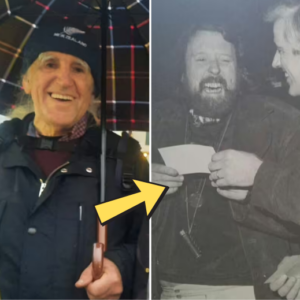In today’s political climate, public figures often strive to cultivate a connection with the people, sometimes through casual encounters, social media moments, or simply being available for a photo-op. But not every gesture of goodwill goes as planned. An awkward moment unfolded recently when Ohio Senator JD Vance found himself politely turned down for a photo by a woman at a public event, and the exchange, captured on video, quickly became fodder for online conversation.

The video, which has been circulating on social media, shows Vance engaging with a small group of people. He offers to take a picture with one woman, casually asking, “Do you want to take [a picture together] too?” The woman, seemingly unfazed by the offer, simply responds, “I’m okay.” Vance quickly replies, “Okay, alright sounds good, thank you ma’am, yeah,” before moving on, brushing off the moment with a smile.
As with many political moments these days, what may seem like a small, inconsequential interaction can rapidly spiral into broader debates across social media platforms. In the comment sections accompanying the video, responses have been varied and often heated.
As with many political moments these days, what may seem like a small, inconsequential interaction can rapidly spiral into broader debates across social media platforms. In the comment sections accompanying the video, responses have been varied and often heated.
This isn’t the first time Vance has found himself in awkward or uncomfortable public situations. His political career, which has seen him rise from the author of the best-selling memoir Hillbilly Elegy to a U.S. Senator, has been punctuated by moments where his actions and public persona have clashed, leading to media attention and sometimes ridicule.
These awkward moments might seem trivial in isolation, but they point to a broader issue for JD Vance: the challenge of authenticity in the public eye. For a politician like Vance, who built much of his early brand on being a relatable, down-to-earth figure from rural Ohio, these moments of disconnect can be damaging. Voters expect their elected officials to connect with them in a meaningful way, and when they don’t, it often leads to criticism, no matter how small the incident may be.
In a world where every interaction is filmed, scrutinized, and dissected on social media, moments like these gain traction and can shape public perception. For Vance, these repeated awkward encounters raise questions about how effectively he can communicate with his constituents.
One factor driving the viral nature of such incidents is the amplification effect of social media. While in the past, an awkward moment might have passed without much notice, platforms like Twitter and Facebook ensure that every stumble is broadcast to millions within minutes. Vance’s recent photo encounter was no different, with the video quickly spreading across political discussion boards and news outlets. The accompanying commentary ranged from supportive to critical, highlighting just how divided political discourse has become.
For public figures like JD Vance, the challenge is navigating this treacherous landscape, where every word and action is potentially weaponized. The rise of bots, paid shills, and partisan commentary only makes the situation more complicated, as it becomes harder for the public to distinguish between genuine reactions and manufactured outrage.
JD Vance’s latest awkward moment, being turned down for a photo at a public event, is just another in a series of minor yet telling incidents that reflect the challenges of being a public figure in the digital age. Whether the encounter has any lasting impact on his political career remains to be seen, but one thing is clear: in the era of social media, even the smallest interactions can take on a life of their own.





